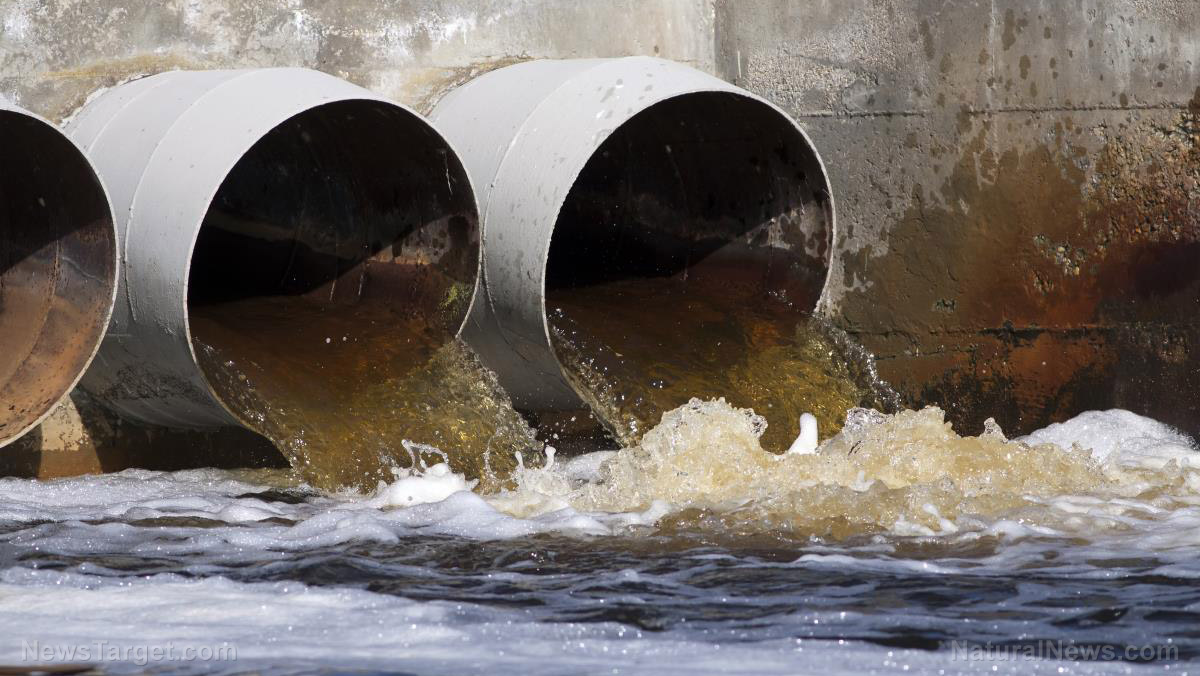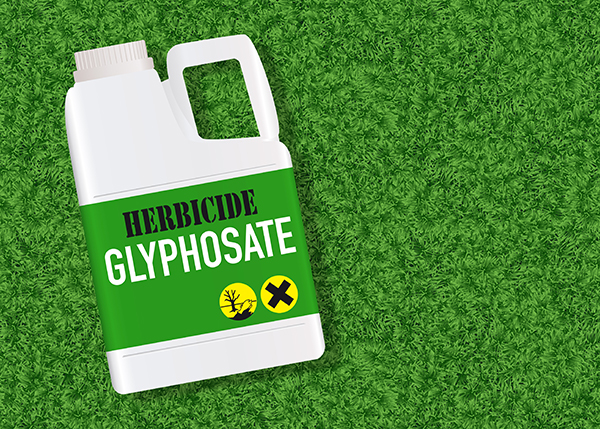
But there is no mystery as to the cause of the health and environmental issues in Mead, a farming community with a population of 500 residents. After numerous complaints to state and federal officials and an inquiry by researchers from the University of Nebraska, all evidence points to an unlikely culprit: an ethanol plant called AltEn.
The company running AltEn supposedly helps the environment by turning corn into ethanol. Regulators hail this product as a more environmentally friendly fuel source. In making corn ethanol, plants also produce a cereal byproduct called distillers grains that they sell as a highly nutritious livestock feed.
But unlike other ethanol plants in the United States, AltEn uses grains coated with fungicides and insecticides, such as the bee-killing pesticides called neonicotinoids or neonics. Company officials have also advertised the Nebraska plant as a recycling location where agrochemical companies can dump their pesticide-laced seeds.
This strategy gives AltEn free supplies for producing ethanol, but leaves it with distillers seeds that are far too toxic to sell as livestock feed. Over the years, AltEn has been quietly accumulating thousands of pounds of the toxic byproduct. The company has tried distributing some of it to farms as a "soil conditioner," but a large chunk of it remains on the grounds of its plant in Mead.
It is that mass of toxic byproduct that researchers and health officials say has been dangerously polluting water and soil in Mead, posing a health threat to both humans and animals.
High levels of toxic pesticides found in corn seeds
Neonics are a class of insecticides that have seen widespread use in the U.S. Though toxic, the Environmental Protection Agency (EPA) considers neonics in food and water safe at a concentration of 70 parts per billion (ppb), depending on the type of neonics. For instance, clothianidin is safe at a concentration of 11 ppb.
But when state environmental officials examined the AltEn property, they found that levels of clothianidin hit 427,000 ppb at the most contaminated area. They also detected another neonic known as thiamethoxam, which hit 85,100 ppb. The EPA considers thiamethoxam in water safe at a concentration of 17.5 ppb.
In one of the company's wastewater lagoons, clothianidin was also recorded at 31,000 ppb and thiamethoxam at 24,000 ppb. The lagoon also had another toxic neonic called imidacloprid. Levels of this neonic hit 312 ppb, which is leagues away from the 0.385 ppb threshold that the EPA considers safe. Officials found high levels of at least 10 more pesticides in that lagoon as well.
Neonics are notorious for killing bees and harming birds, deer and other wild animals. Data show that the U.S. agricultural system is now 48 times more harmful to insects and wildlife than it was two decades ago. Neonics alone are responsible for more than 90 percent of that increase.
With the recent revelation of the chemical pollution going on in Mead, it is imperative that the toxic sludge in the area is cleaned up in order to put an end to the health and environmental issues plaguing the town. (Related: Bee die-offs in Nebraska traced to pesticide-using ethanol plant.)
The Nebraska Department of Environment and Energy (NDEE) gave AltEn until March 1 to rid its grounds of the toxic waste. The company insists that the pesticide-laced byproduct has value but has yet to provide proof supporting the claim. The state said the byproduct is waste and insisted it needs to go to a landfill.
Go to Pesticide.news for more articles about the risks toxic pesticides pose to humans and wildlife.
Sources include:
Please contact us for more information.






















